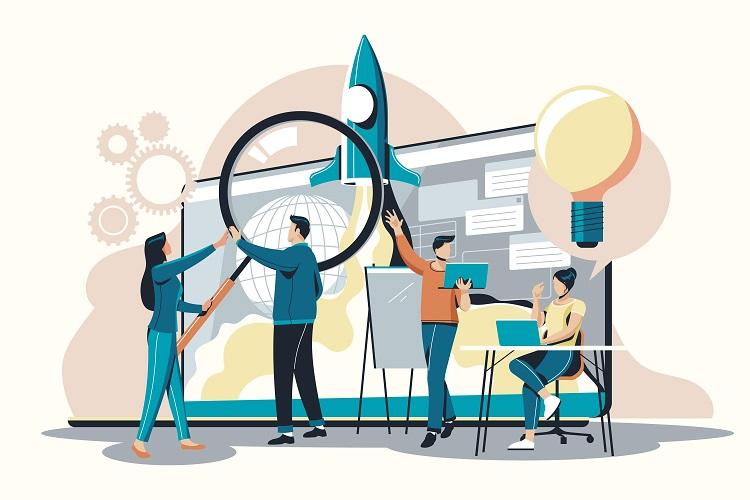COMMON TRANSLATION CHALLENGES MOST TRANSLATORS HAVE TO FACE

Translation entails more than simply translating words from one language to another. It necessitates a thorough knowledge of grammar, culture, feelings, emotions, and thinking.
Translators must understand the norms of a language as well as the habits of the people who speak it in order to provide accurate translations. Even if a translator can effectively deliver the message, he or she may be unable to alter the music, rhythm, or deeper meaning of particular words and expressions. With these challenges, it is reasonable to conclude that even the most seasoned specialists encounter uncertainty and irritation when working on a translation task.
In this article, we will look at some of the most typical issues that translators experience.
Language Structure
Each language has its own set of underlying structural norms that allow a phrase to be meaningful and understood by those who speak it. Because of the variety of language structures, translators must continually and flexibly rearrange individual words to construct a phrase that is accurate, natural, and fluid, which is no easy work. Because each project is unique, translators like top-notch translation services in Bangalore will never be bored or challenged by the different language structures of the source and target languages.
Idiom Expression
Idioms, according to some translators, are the most difficult aspect of a translation process. And because idioms are sentences with figurative meanings. They may or may not have a corresponding phrase in the target language, and they cannot be literally translated. To effectively handle idioms, translators must first comprehend the correct meanings of the phrases. It is beneficial to consult a dictionary or contact native speakers for clarification.
Context
Context is crucial when language can have various meanings and direct translations aren't enough. Your translators must comprehend the intended original meaning of your content, which can be challenging when they only have text files to work with. So, try to add relevant context where it's needed, and you may need to work with your translators a little bit on this to realize where context is crucial.
Style and tone
It's not always possible to keep the same tone and style when translating text from one language to another. You don't want a colourful and enthusiastic marketing effort to be converted into a drab, clinical language that is correct in terms of grammar but stale in terms of personality.
Summing Up
A translator must be fluent in the language pair they are translating in order for the translations to be accurate. The translator's goal is to provide the text in such a way that the target audience is unaware that it has been translated and how to deal with translation challenges effectively.
At Tridindia, we employ skilled professional translators who are fluent in both languages and have a keen eye for detail.
- Industry
- Art
- Causes
- Crafts
- Dance
- Drinks
- Film
- Fitness
- Food
- Jogos
- Gardening
- Health
- Início
- Literature
- Music
- Networking
- Outro
- Party
- Religion
- Shopping
- Sports
- Theater
- Wellness
- News


